Taiwanese Food Dishes: Basic Overview
Common Ingredients
Common Cooking Methods
Courses
Meals
Key Taste
Eating Etiquette
Meal Presentation
Culinary Festivals
Influence and Fusion
Popular Types of Taiwanese Dishes
-
Glutinous rice dishes
These are dishes made using glutinous rice.
The grains provide a sticky and tender texture.
-
Snacks
Specialties for snacks are often small and easy to consume.
They provide a quick source of energy.
-
Dumplings
These dishes consist of a thin dough wrapper, encasing around a minced pork filling.
Dumplings are often steamed for a soft texture.
-
Noodle Soup
Often served in a bowl, noodle soups are served hot with a flavorful broth.
-
Fried Dishes
These specialties require frying in hot oil for a crunchy texture.
-
Pancakes
Pancakes are flat cakes of batter, cooked on a griddle or frying pan.
-
Cakes and Pastries
This category includes traditional and modern sweet baked goods or confections.
Taiwanese dishes are popular specialties that come from the island of Taiwan in East Asia. The cuisine is a mixture of various culinary influences, including aboriginal Taiwanese, mainland Chinese, Japanese, and American cooking traditions.
Among the many regional Chinese cuisines that shape Taiwanese dishes, Hakka cuisine (the culinary tradition of Hakka people living in many southern Chinese provinces) and Fujian cuisine have the most substantial effect.
Besides the influence of well-known Chinese dishes, Taiwan’s distinct environment, geography, climate, and historical circumstances are also important factors. Locals have either invented new dishes or modified traditional recipes to the point they’ve become distinct.
Beef and wheat flour-based specialties became popular in Taiwan later than other types of foods, but they are staples nowadays. Dishes from Asian countries, especially Japanese delicacies, are sources of inspiration for local fare.
Although many iconic main dishes and snacks contain animal ingredients, changing them into vegan or vegetarian dishes is easy. Street foods are also essential to Taiwanese cuisine and widely available at night markets.
The description of each popular dish in Taiwan contains information on alternative names, history, main ingredients, cooking methods, serving suggestions, flavor profiles, and other good-to-know facts like associated holidays and variations.
Next, you will have a chance to learn about factors for the popularity of these dishes along with the differences between Taiwanese and Chinese cuisines. Plus, let me bring you some great pairing of dishes.
37 Popular Taiwanese Dishes with Filters
Make full use of the filter system to rearrange the dishes of Taiwan in your desire like alphabetical order, dish types, key ingredients, cooking methods, flavors, and global popularity.
To add to that, you should go through the categories of dishes from Taiwan to get a better understanding of local cuisine. There are popular, national, traditional, and street food labels.
Taiwanese Beef Noodle Soup
- National
- Traditional
Taiwanese beef noodle soup is locally known as niu rou mian or Sichuan beef noodle soup.
This version of beef noodle soup consists of wheat noodles, beef, greens, rich broth, vegetables, and toppings like suan cai (pickled mustard greens) or braised dried tofu.
The broth is the quintessence of Taiwanese beef noodle soup and is often divided into two main categories: spicy and non-spicy.
Locals love their beef noodle soup so much that they hold the Taipei International Beef Noodle Festival every year to find the best samples.
Taiwanese Fried Chicken
- Street Food
Taiwanese fried chicken, known as popcorn chicken, is a common dish in Taiwan’s street food stalls and night markets. Originating from Tainan City in the south, it was created by a woman named Yeh.
This dish consists of boneless chicken pieces marinated, coated in flour, and deep-fried until golden and crispy.
In the US, this dish is widely popular and called popcorn chicken because the small, bite-sized pieces resemble popcorn kernels.
Stinky Tofu
- Street Food
- Traditional
Stinky tofu is known for its strong, acquired taste. The more pungent the odor, the better it’s valued.
Made by fermenting tofu in a brine of cabbage, tea leaves, dried shrimp, and herbs for days or even a week, it’s then cut into cubes and cooked by deep-frying, steaming, or adding to a stew.
Commonly found in night markets but rarely in formal restaurants, stinky tofu is typically served with salted cabbage, chili sauce, and soy sauce.
Oyster Omelet
- Street Food
The oyster omelet is a famous Taiwanese street food known as orh luak, o-a-tsian, and o-chien, coming from the Fujian and Teochew cuisines of China.
It’s a pork fat-dried egg omelet filled with Pacific oysters, often thickened with sweet potato starch. Typically garnished with savory sauces like soy or hot sauce mixed with lime juice, it exemplifies the versatility of xiaochi, or “small eats,” akin to Chinese tapas.
Zongzi
- Traditional
Zongzi is a Taiwanese snack and dessert with ancient Chinese origins and is known as sticky rice dumplings or Chinese tamales.
A staple in Taiwan for centuries, zongzi features sticky rice dough shaped into a pyramid, filled with either sweet or savory ingredients like pork belly, ham, egg yolks, chestnuts, peanuts, and lotus seeds.
Wrapped in bamboo leaves, they are steamed or boiled, even featuring in the Dragon Boat Festival in May or June.
Pineapple Cake
- Traditional
Pineapple cake is a sought-after snack and dessert in Taiwan.
The Taiwanese word for pineapple “ông-lâi,” which happens to be a homophone for “fortune will come.” Therefore, pineapple cakes are associated with wealth and prosperity.
A pineapple cake boasts a fluffy outer shell filled with sweet and tangy pineapple jam. Tourists often purchase this iconic pastry as a gift for friends back home.
Tea Egg
- Street Food
Tea egg, or marble egg, is a well-received snack, created by ancient Chinese.
Tea eggs are prepared by cooking boiled and slightly cracked eggs in tea mixed with soy sauce and spices, such as cinnamon, anise, or cloves.
This process makes tea eggs more savory and creates beautiful marbling patterns on the eggs’ shells, giving the dish its alternative name.
Xiaolongbao
- Traditional
Xiaolongbao, or soup dumplings, is among Taiwan’s most well-liked breakfast foods, renowned for having thin wrappers and savory, runny filling. When you bite into it, the dumpling literally “pops” in your mouth with a warm and flavorful soup.
Gua Bao
- Street Food
Gua bao is a beloved Taiwanese snack and main dish with Fujian roots, also known as pork belly bun or Taiwanese hamburger.
It features a flat, semi-circular steamed bun enveloping a tasty filling of pork belly, pickled cabbage, cilantro, and crushed peanuts.
Regionally, it’s sometimes called ho ka ti, meaning “tiger biting a pig,” due to its resemblance to a tiger’s mouth. Plus, street vendors creatively adapt gua bao, experimenting with fillings like fish, eggs, beef stew, or fried chicken.
Ba-wan
- Street Food
Ba-wan, known as “crystal meatball” in English, is a Taiwanese street food originating from Changhua County in the late 19th century. Initially an emergency food, this dumpling has become a staple in modern night markets.
Each ba-wan features a dough made from sweet potato starch, encasing a savory filling of pork, bamboo shoots, and mushrooms. Fist-sized, it’s served with either a sweet or savory sauce.
The dough becomes translucent when steamed or pan-fried, giving it the name “crystal meatball.”
Oyster Vermicelli
- Traditional
Oyster vermicelli, or oyster misua, is a notable noodle soup in Taiwanese cuisine. Like an oyster omelet, oyster vermicelli is a suitable snack and main dish for any meal of the day.
A hot bowl of oyster vermicelli consists of succulent oysters, brown misua (thin, vermicelli-style wheat noodles), and an umami-packed broth flavored with bonito flakes.
This seafood noodle soup has another version that replaces oysters with cooked pork intestines.
Sanbeiji
- Traditional
Sanbeiji is a Taiwanese chicken dish of Jiangxi origin. Its common English name is three-cup chicken since sanbeiji requires 3 types of sauce.
In Taiwan, the favorite sauces are 1 cup of Chinese rice wine, 1 cup of sesame oil, and 1 cup of soy sauce.In addition, the Taiwanese version is usually sweeter and less spicy.
Hot Pot
- Traditional
Hot pot is a comfort food influenced by Japanese and Chaoshan cuisines, Taiwanese hot pots usually contain shacha sauce (a Chinese condiment made from seafood and spices), beef, and raw egg yolks.
But there are many other toppings to add to hot pots in Taiwan, such as seafood, pork, dumplings, wontons, mushrooms, jujubes, etc. Spicy hot pots are very popular, but non-spicy ones also exist to accommodate different palates.
Hot pots served at Lunar New Year are special since they must contain ingredients having five colors: yellow, green, red, white, and black. Known as huo guo in Chinese, hot pots are the go-to choice for locals in cold weather.
Milkfish Congee
- Traditional
Milkfish congee is a cherished Taiwanese breakfast dish made from the fish of the same name. The congee also consists of fish stock, ginger, and scallions.
While milkfish usually contain multiple small bones, modern equipment helps remove bones from the fish filets, creating boneless milkfish filets for the congee. The taste of milkfish is mild, sweet, and similar to chicken.
Small Sausage in Large Sausage
- Street Food
Small sausage in large sausage is a Taiwanese snack consisting of a small segment of Chinese pork sausage stuffed inside a bigger pork sausage filled with sticky rice.
Both are char-grilled, with some of these sausages sometimes containing additional stuffing ingredients like pickled veggies, garlic cloves, lettuce, and soy sauce paste.
The appeal of small sausage in large sausage lies in the excellent quality of Taiwanese sausage, which is usually sweeter and chunkier than similar varieties in China.
Wheel Cake
- Traditional
Wheel cake is a common dessert in Taiwan, where people call it che lun bing. This pastry is an adaptation of the Japanese dessert imagawayaki, which was brought to the island when it was under Japanese colonial rule.
Traditionally, che lun bing is a thick, round pancake baked in a special mold and filled with red bean paste. Modern wheel cakes offer more diverse filling options, such as taro, red bean, butter, custard, matcha, and tuna.
Douhua
- Traditional
Douhua is a notable Taiwanese snack derived from very soft tofu and served in sweet ginger or almond syrup. Often, the tofu snack is served hot in winter and with ice in summer.
In Taiwan, folks enrich douhua with various toppings’ textures and colors, such as mung beans, red beans, peanuts, soy milk, taro balls, or fruits.
Aiyu Jelly
- Traditional
Aiyu jelly is an authentic Taiwanese snack and dessert prepared from the seed extract of the aiyu (creeping fig) plant.
While aiyu jelly is chewy and gives off a delightful mouth feel, it is naturally tasteless, so locals usually pair it with shaved ice and milk tea, fruit juice, honey, or lime juice.
According to a popular legend, aiyu jelly was named after the daughter of a Taiwanese tea merchant who stumbled on the plant and discovered the cooling quality of its gel.
Cong You Bing
- Street Food
Cong you bing is a scallion pancake, enjoyed as a snack and vegan side dish in Taiwanese cuisine. The treat is made from dough, not batter like Western pancakes, and pan-fried until crispy and flaky.
Scallions are a vital ingredient, but sesame seeds and fennel greens are sometimes added for flavoring. For serving, Taiwanese people sometimes wrap lightly-flavored scallion pancakes around savory foods.
Danbing
- Street Food
Danbing is a Taiwanese dish usually known in English as egg pancakes or rolled egg crepes. Originally a modified version of cong you bing, danbing is now a famous breakfast dish and street food delight.
This rolled egg crepe comes in two main varieties: crispy pancakes in the north and soft, sweet pancakes in the south.
Popiah
- Street Food
Popiah, or Taiwanese spring roll, is a cherished snack and street food derived from the Fujian/ Teochew-style fresh spring roll.
Called runbing in Mandarin Chinese, a Taiwanese spring roll features a thin, crepe-like wrapper made from wheat flour and filled with various ingredients.
Local people usually stuff popiahs with meat, local vegetables, shredded omelets, sausage, seafood, or noodles.
Northern Taiwanese popiah prefer savory stir-fried ingredients, while the southern version is mainly filled with sweet ingredients and flavored with sugar.
Chiayi Turkey Rice
- Traditional
Chiayi turkey rice is a dish coming from Chiayi County in the central region of Taiwan. This interesting rice specialty consists of shredded turkey breast, soy sauce, scallions, turkey drippings, and pickled daikon on a bed of white rice.
Hujiao Bing
- Street Food
Hujiao bing (also known as pepper buns or Fuzhou pepper buns) is a Taiwanese snack with roots in Fujian, offering a crispy bun with marinated pork or beef and scallions for the filling.
Pepper buns are baked in a traditional clay oven until their shells turn yellow. Their name comes from the filling’s generous amount of white or black pepper.
Eel Noodles
- Traditional
Eel noodles are a dish in Tainan, Taiwan, featuring chewy egg noodles and succulent cuts of fried or stir-fried eels, all bathed in a mouth-watering broth made of soy sauce and vinegar.
Sweet, tangy, and savory eel noodles are a common offering in many restaurants and night markets throughout Taiwan.
Taiwanese Grilled Squid
- Street Food
Grilled squid is a snack and street food item in many Taiwanese night markets. Usually marinated in a mixture of garlic and soy sauce, the squid is skewered and grilled over charcoal.
Toasted sesame seeds and sweet or spicy sauces are flavorsome accompaniments for freshly grilled squids, which are best enjoyed hot.
Coffin Bread
- Street Food
Coffin bread, or guan cai ban in Chinese, is a Taiwanese snack and street food that has been available at local night markets since the 1940s. The Taiwanese bread bowl boasts an intriguing name due to its coffin-like shape.
To prepare coffin bread, people remove the inside of a Texas toast-style white bread slab, toast or fry the bread, fill it with savory mushroom or meat stew, then add a piece of fried bread on top as the “lid.”
A-gei
- Traditional
A-gei, also spelled as ageh, is a snack made from tofu in Taiwan. Another name for it is Tamsui a-gei since the tofu-based specialty hails from the Tamsui District of New Taipei City.
The base of a-gei is a large fried tofu pouch, which is generously filled with braised glass noodles and sealed with surimi (fish paste).
Usual accompaniments for a-gei include soy sauce, sweet chili sauce, soy milk (in summer), and fish ball soup (in winter).
Tianbula
- Street Food
Tianbula, or Taiwanese fish cake, is a specialty made using fish filet. Compared to fish cakes in other countries, the Taiwanese version is sweeter and chewier.
While tianbula are pre-cooked by deep-frying, locals usually recook them in soy sauce and spicy condiments to enhance the flavor. They go well with fresh cilantro, crispy tofu, and snacks like ti hoeh koe (pig’s blood cake).
Iron Egg
- Traditional
Iron egg is a Taiwanese delicacy of Tamsui District that has a glossy black appearance similar to Chinese century eggs. It is prepared by stewing chicken or quail eggs in spices and air-drying them.
Therefore, iron eggs enjoy a chewier texture and a more pleasant aroma than century eggs. Its flavor profile is a mix of savory, sweet, and spicy notes, along with the natural umami taste of eggs.
Tube Rice Pudding
- Traditional
Tube rice pudding is a Taiwanese dish prepared by stir-frying sticky rice with savory condiments before steaming it in a bamboo tube.
The resulting tube rice pudding, with a cylindrical shape and faint green tea-like bamboo fragrance, is a common breakfast dish. Tube rice pudding goes well with eggs, fried shallots, and rousong (pork floss).
Cifantuan
- Traditional
Cifantuan (or fantuan or chi faan) is a Taiwanese breakfast dish that originated from Jiangnan, China. The treat consists of a youtiao (Chinese fried dough) tightly wrapped with white or purple sticky rice.
These Taiwanese breakfast sticky rice rolls usually have fillings, creating two types of cifantuan. The sweet variety comes with sugar and is filled with sesame seeds, while savory cifantuan contains fried eggs, pork floss, or pickled vegetables.
Khong Bah Png
- Traditional
Khong bah png, or braised pork rice, is an affordable Taiwanese dish of Fujian origin. Braised pork rice consists of white rice topped with pickles and braised pork belly.
Southern Taiwanese people prefer lo bah png (minced pork rice), a similar dish made with stir-fried ground pork.
The rich rice dish with a slow-cooked pork belly is also a hearty snack that is easy to find at many restaurants and night markets in the northern region.
Suncake
- Traditional
Suncake is a Taiwanese pancake dessert originating in Taichung City in the central region. A family recipe at first, suncakes are now a Taichung specialty produced by various local bakeries.
Known in Chinese as taiyang bing, suncakes are round, radiantly golden, and available in many sizes. The secret to their irresistible charm lies in the flaky, crispy crust that encases a luscious filling of condensed malt sugar.
Taiyang bing is ideal for pairing with tea or warm milk. People love to dip chunks of suncakes in a hot beverage to create a sweet porridge.
Tshuah-ping
- Street Food
Tshuah-ping, known as baobing in Mandarin Chinese, is a shaved ice dessert in Taiwan. The frozen treat consists of a tall pile of shaved ice topped with syrup and various toppings.
Seasonal fruits, like lychees and mangoes, are a must-have. Other sweet ingredients like condensed milk, ginger syrup, red beans, grass jelly, or taro are also essential.
A unique feature of Taiwanese shaved ice dessert is its thin flakes of ice that melt easily. Normally, a serving of tshuah-ping is very large, making it ideal for sharing.
Ti Hoeh Koe
- Street Food
Ti hoeh koe, known as pig’s blood cake or black cake in English, is a street food item in Taiwan. This local blood pudding is excellent for steaming or frying to serve hot as a snack with dipping sauce.
The main ingredients of Taiwanese pig’s blood cake are steamed pork blood, sticky rice, fragrant herbs, and peanut powder. Thanks to the addition of sticky rice, it gives ti hoeh koe the smooth and chewy texture.
Chhau-a-koe
- Traditional
Chhau-a-koe is a Taiwanese sweet snack made of sticky rice, sugar, Chinese mugwort, and a sweet or savory filling. The Chinese mugwort is a traditional herb with a bitter, pungent taste and many medicinal values.
This herb imparts an emerald color and a unique flavor to the dough of chhau-a-koe. Popular filling ingredients for chhau-a-koe are sweetened bean paste, ground meat, and dried radish.
The mugwort-flavored sticky rice dumplings are a common offering for Qingming Festival (or Tomb-Sweeping Day in English), an important traditional Chinese festival.
Ta-a Mi
- Traditional
Ta-a mi is a Taiwanese noodle dish created in Tainan in the late 19th century by a fisherman. Originally, ta-a mi served for the slack season (off-season) when frequent typhoons made fishing impossible.
Also called danzai noodles, ta-a mi contains ta-a noodles (a type of greased egg noodle), shrimp, braised minced pork, garlic mash, bean sprouts, and shrimp-based broth.
Though rich and filling, slack-season ta-a noodles are typically served as a snack, a role shared by many famous Taiwanese dishes.
What Are Taiwanese Dishes Famous For?
Taiwanese dishes have gained massive fame for the following 3 reasons: a fusion of many culinary influences, premium ingredients, and diversity of choices, especially the vibrant street food culture.
Taiwanese cuisine is a beautiful melange of many regional Chinese cuisines, Japanese culinary traditions, American trends, and Taiwanese indigenous influences.
Fusion dishes are a vital part of local culinary traditions. China’s Hakka and southern Fujian cuisines gave birth to many iconic Taiwanese dishes.
The most popular ingredients in the country are rice, noodles, seafood, and savory condiments like soy sauce and pickled greens. Fresh seafood is particularly diverse and used in many types of dishes, from main dishes to snacks.
But the most significant appeal of Taiwanese dishes lies in their diversity. Savory main dishes come in many forms and flavors.
Their street foods are another must-try aspect of local cuisine. The island country offers a lot of unique street food dishes ranging from delightful finger foods to hearty main dishes.
Various Taiwanese treats are often compared with Chinese dishes due to their differences in terms of flavors.
What Are the Differences Between Taiwanese and Chinese Foods?
There are 3 main distinctions between Taiwanese and Chinese foods regarding geographical and climate influences, global culinary influences, and flavor profile.
Taiwanese Foods
Chinese Foods
After getting to know about Taiwanese dishes, you should discover the specialties of Taiwan that go well with the beverages.
What Taiwanese Dishes to Have with Beverages?
For Taiwanese dishes, here are some pairing ideas with drinks in Taiwan that will elevate your experience:
Don’t forget to share the dishes of Taiwan with others and drop some comments to share your experience.



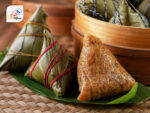
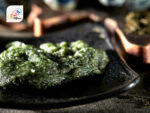
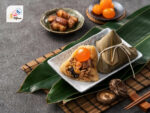
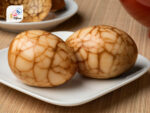
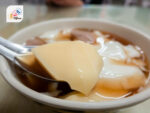
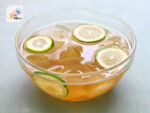
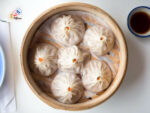
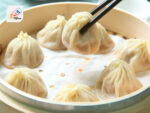
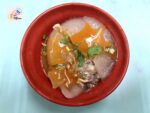
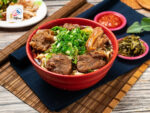
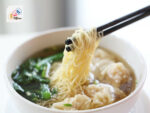
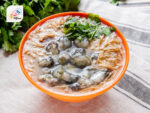
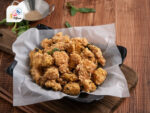
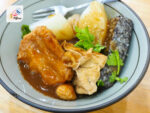
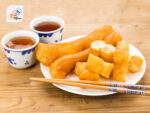

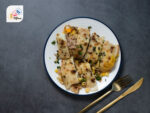
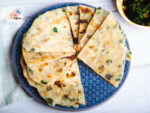
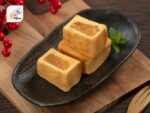


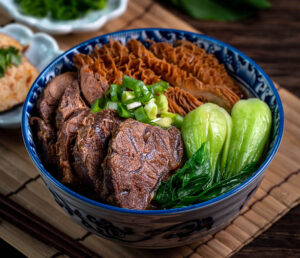
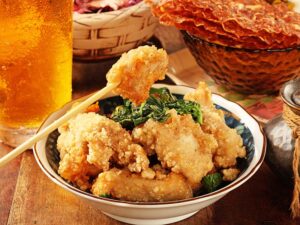
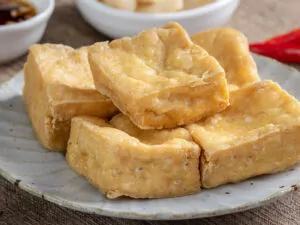
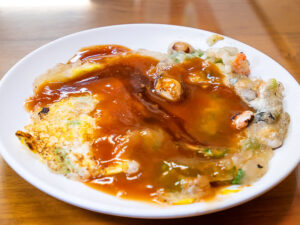
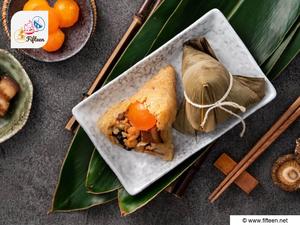
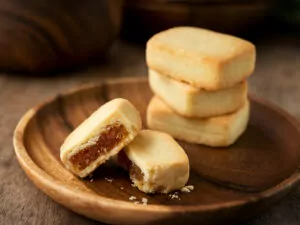
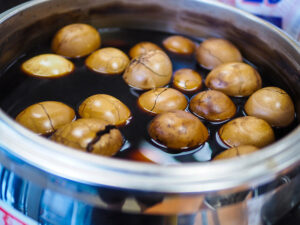
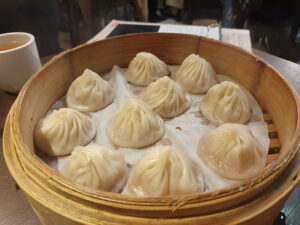
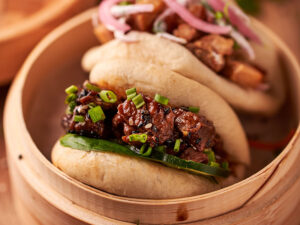
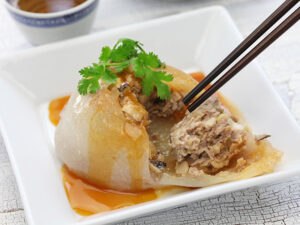
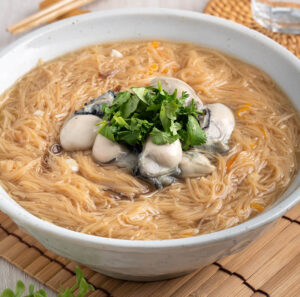
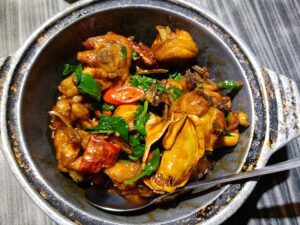
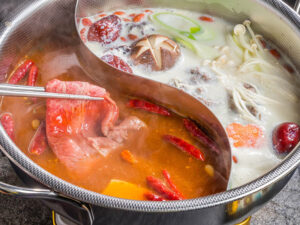
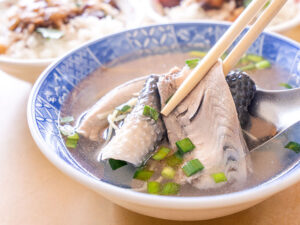
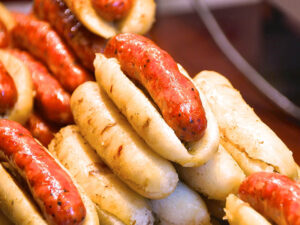
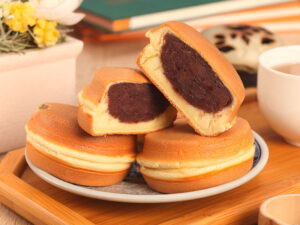
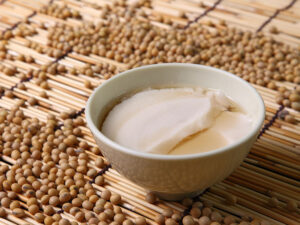
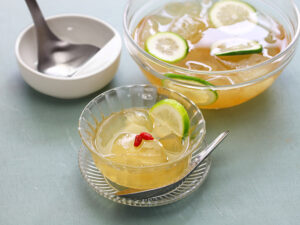
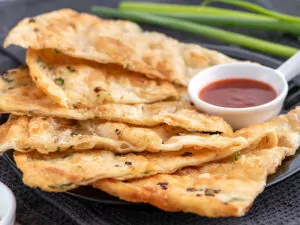
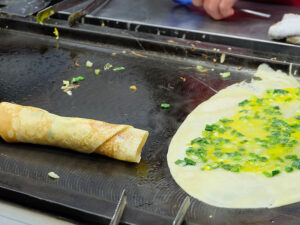
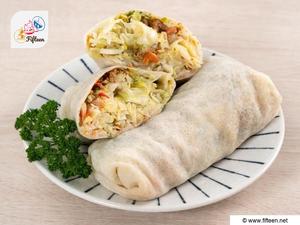
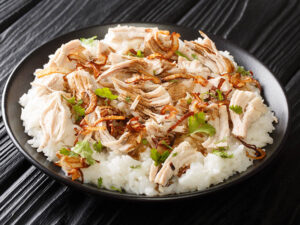
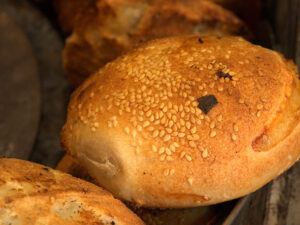
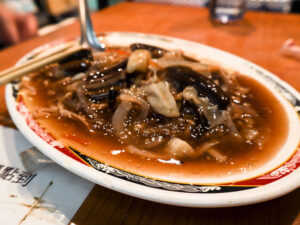
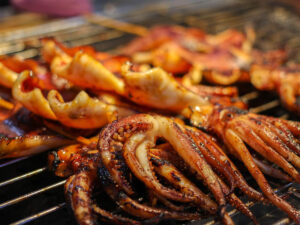
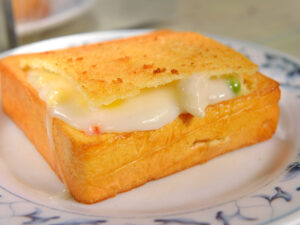
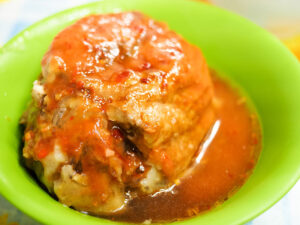
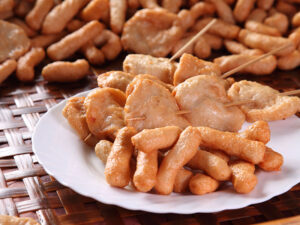
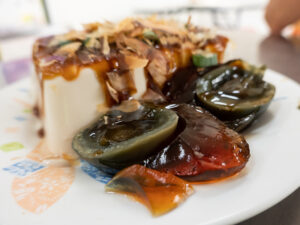

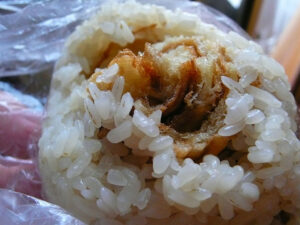
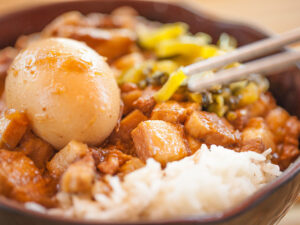
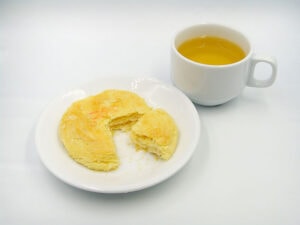
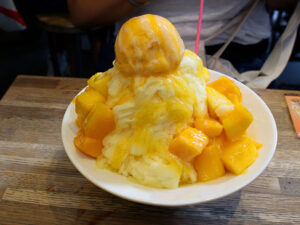
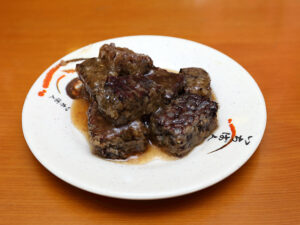
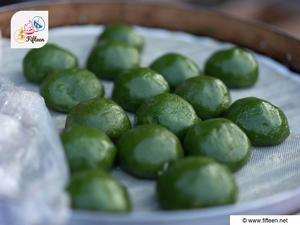
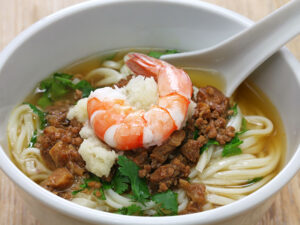
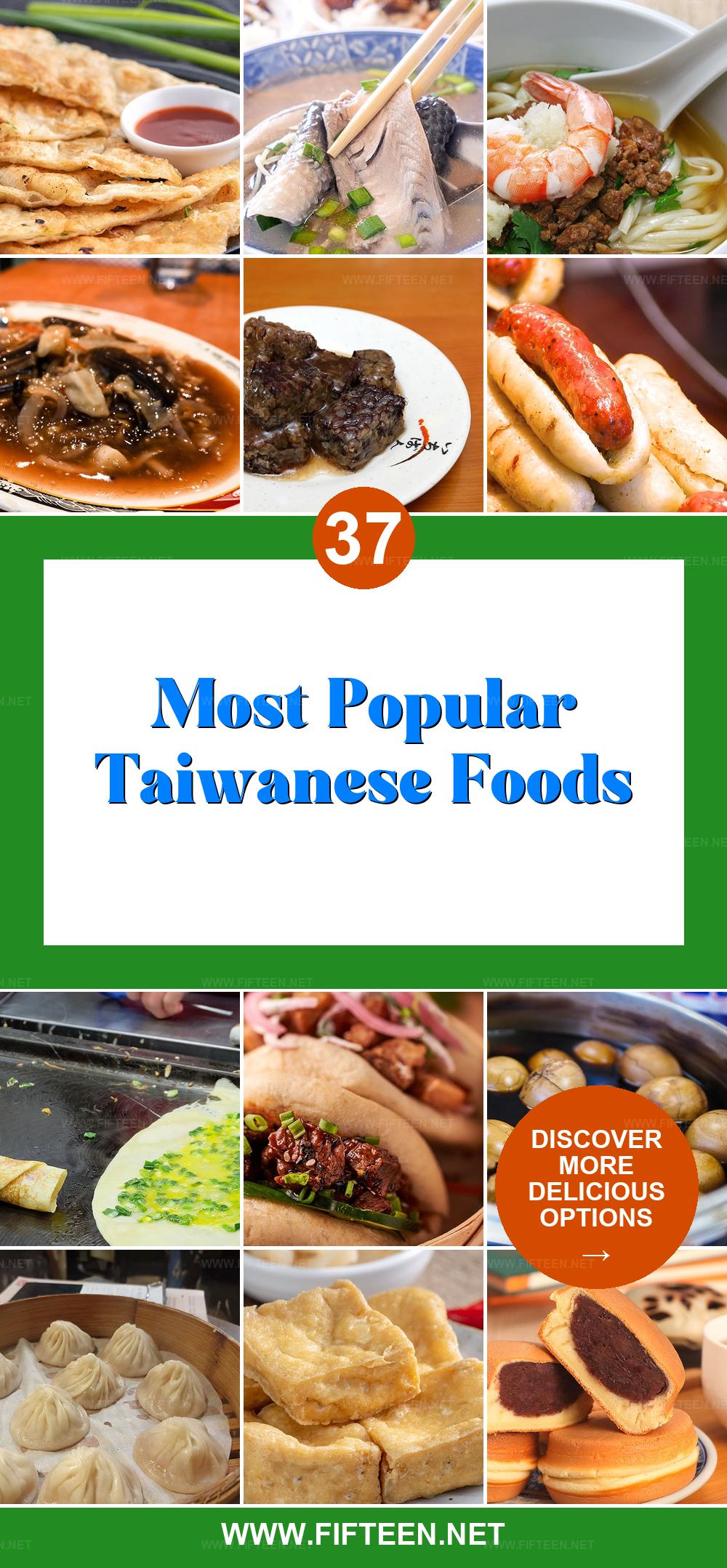
Jamie Scott
Editor in Chief, Senior Content Writer
Expertise
Home Cooking, Meal Planning, Recipe Development, Baking and Pastry, Food Editor, Cooking-video Maker, Western Food Evaluation Expert
Education
Le Cordon Bleu College of Culinary Arts
Local Community College, New York, NY
Jamie Scott is a skilled culinary expert and content creator specializing in Western cuisine. With over 15 years in the culinary field and formal training from Le Cordon Bleu, Paris, Jamie deeply understands how to blend nutrition with delicious flavors. His passion for cooking matches his commitment to making healthy eating accessible and enjoyable.
On Fifteen.net, Jamie brings a fresh perspective to classic dishes and beverages, offering readers insightful recipes, cooking tips, and a fresh view on meal planning that emphasizes taste, health, and simplicity.